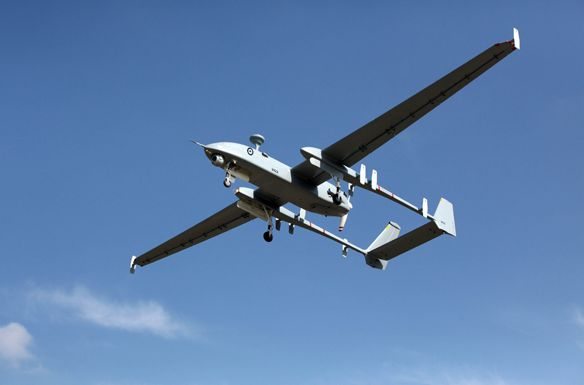The Department of the Navy announced May 15 that the RQ-21A Small Tactical Unmanned Aircraft System (STUAS) received Milestone C approval authorizing the start of low rate initial production.
With MS C approval, the RQ-21A program, managed by the Navy and Marine Corps STUAS program office (PMA-263) here at NAS Patuxent River, enters the production and deployment phase of the acquisition timeline, according to the PMA-263 Program Manager Col. Jim Rector.
“This milestone allows us to provide our warfighter with a unique capability – an organic UAS capable of operations from both land and sea,” said Rector. “The RQ-21A will provide persistent maritime and land-based tactical Reconnaissance, Surveillance, and Target Acquisition data collection and dissemination capabilities.”
The Navy awarded Insitu, Inc., an Engineering Manufacturing Development (EMD) contract for STUAS in July 2010. Since then, the government/industry team has executed land-based developmental tests (DT), operational tests at China Lake, Calif. in December 2012 and conducted the first sea-based DT from USS Mesa Verde (LPD 19) in February.
Concurrently, Marines are flying an Early Operational Capability (EOC) system at Twenty Nine Palms, Calif. for pre-deployment preparation. Lessons learned from EOC will be applied to operational missions in theater.
The aircraft is based on Insitu’s Scan Eagle UAS, which has flown more than 245,000 hours in support of Navy and Marine Corps forward deployed forces via a services contract. The RQ-21A system has a 25 pound payload capacity, ground control system, catapult launcher and unique recovery system, known as Skyhook, allowing the aircraft to recover without a runway.
The RQ-21A includes Day/Night Full Motion Video (FMV) cameras, infrared marker and laser range finder, and Automatic Identification System (AIS) receivers. The ability to rapidly integrate payloads allows warfighters to quickly insert the most advanced and relevant payload for their land/maritime missions and counter-warfare actions.
“The expeditionary nature of the RQ-21A makes it possible to deploy a multi-intelligence capable UAS with minimal footprint, ideal for amphibious operations such as a Marine Expeditionary Unit conducts,” Rector said. “The RQ-21A can be operated aboard ship, and then rapidly transported ashore as either a complete system or just a “spoke”, or control center, making this system ideally suited for humanitarian or combat operations, where getting real-time intelligence to the on-scene commander is crucial.”
The DoN plans to purchase a total of 36 STUAS systems, each with five aircraft. Initial Operational Capability is scheduled for second quarter fiscal year 2014.










